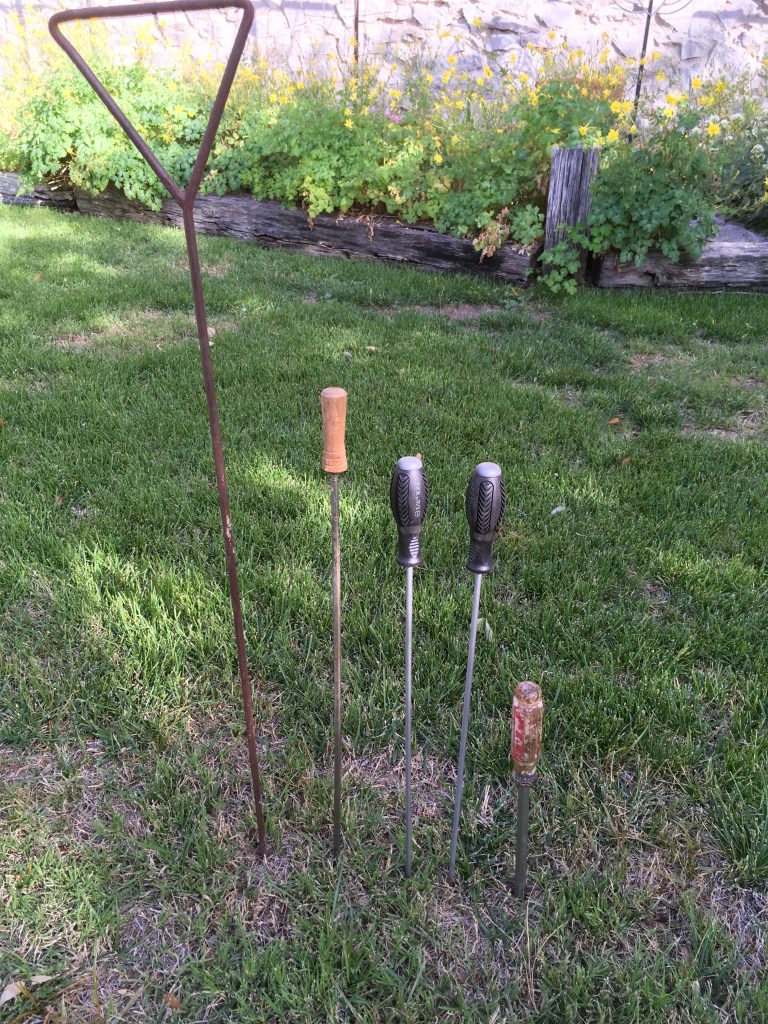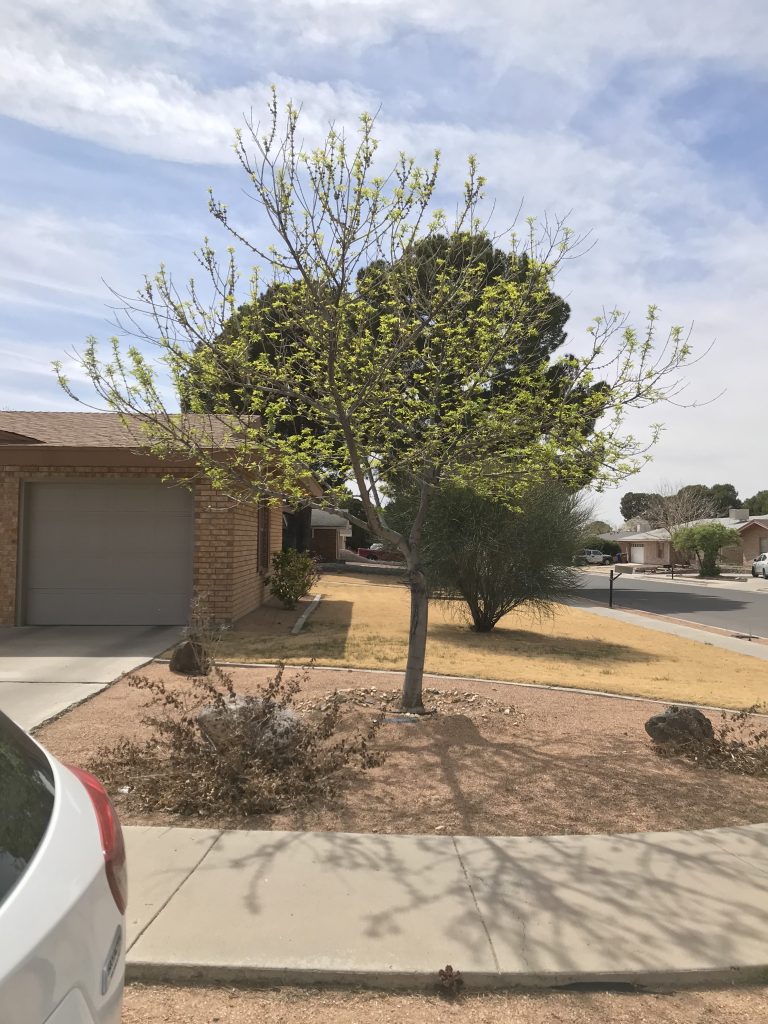
Water is a precious resource and gardeners are often careless with it. Water rationing is a real thing for many of us and, with continuing and spreading drought, may become a reality for many more. Is it possible to have a beautiful garden while minimizing water use?
It is indeed.
[Disclaimer: This blog post is about ornamental landscapes. While efficient water use is also needed for a production garden, the need to produce food is the priority.]

Choose Waterwise Plants
This might seem like a no-brainer but it deserves consideration. As we develop, add to, or change our landscapes we should choose plants that, once they’re established, will thrive without needing additional irrigation. And don’t fall into the “native plants are more water use efficient” trap. Growing any plant outside of its original environment, or planting it in urban or compromised soils in a micro-climate it’s not adapted to, and guess what – native plants can be water hogs too. Carefully considered non-native, regionally adapted plants can use less water once they’re established, provide a healthy environment for wildlife and give you a lovely garden.

Group Plants According To Water Needs
This is the only instance I can think of when “companion planting” is a description that works. Group plants with similar water requirements together. And by “together” I mean in a same hydro-zone. If possible, don’t mix plants with different water needs in the same planting bed. Here’s a local example I see quite often: oleander is a popular plant in my area but it needs extra water to be truly happy while Leucophyllum is also a popular plant but needs very little to no extra water once it’s established. A popular landscape combo is oleander as the backdrop with Leucophyllum in the foreground, yet they’re all in the same water zone. So to keep the oleander happy more water must be used but that overwaters the Leucophyllum. And you can imagine the reverse for yourself. In this case, opposites don’t attract.
If you use an automatic system adjust the zones to optimize each plant groups water use. Add, resize, remove emitters or feed lines to help you accomplish this. It’s not a “one size fits all” thing.

Monitor Soil Moisture Depth With A Simple Soil Probe
Whether you use an automatic irrigation system, water manually, or depend on the weather, monitoring soil moisture depth should be a part of your garden maintenance routine. We’ve already talked about this in a previous GP blog post so I won’t go into it more here. Just consider this a friendly reminder to make it a part of your gardening routine.

Watch The Weather
Keep an eye on the weather forecast and turn off automatic systems as needed. You can install a rain sensor or “weather eye” on the system but don’t expect it to always work correctly, or at all. You’ll still need to monitor the situation.
And don’t assume just because it rained your landscape received adequate water. Check the soil moisture depth to be sure. If you have containerized plants on your automatic water system you should check their soil moisture levels too. They may not have received enough moisture from that rain storm that watered the rest of your landscape.

Closing Thoughts: Do you really need that automatic irrigation system?
Yes it’s convenient, but is it necessary?
Warning- Anecdotal observation!: After ~20 years of being an Extension Master Gardener and Master Naturalist, working outreach events and phone help lines I’m convinced that automatic watering systems waste more water than they save.
There, I said it.

It’s not the fault of the system – it just does what the controller tells it to do. Incorrect installation or placement of feed line/emitters, lack of maintenance, using the wrong emitters for the situation, sloppy programming, and running the system when it’s no longer needed all result in water wastage. An automatic irrigation system is not an install, set and forget thing but it’s usually treated as one. Our goal as gardeners should be to have a landscape that is not dependent on continuous supplemental irrigation. We should lead by example.
If you must depend on an automatic system be sure it’s in good repair, the emitters are the correct type, size and properly placed for the situation and you’ve programmed the controller correctly. Adjust the system as plants grow and mature, this is especially important for trees. Move and add emitters as the canopy and trunk diameter expands.




Poor tree.
“Aqua Es La vida“…”Water Is Life.”
Let’s make every effort to use it wisely and conserve it in all aspects of our lives. Like the song says, “…Don’t it always seem to go that you don’t know what you’ve got ’til it’s gone…”
And by then it’s too late.
More info on efficient water use here:
https://aggie-horticulture.tamu.edu/earthkind/drought/efficient-use-of-water-in-the-garden-and-landscape/
https://ucanr.edu/blogs/blogcore/postdetail.cfm?postnum=12962
This is a great handout!
https://cals.arizona.edu/extension/ornamentalhort/waterquality/watering_trees.pdf
https://ucanr.edu/sites/UrbanHort/Water_Use_of_Turfgrass_and_Landscape_Plant_Materials/Estimating_Water_Requirements_of_Landscape_Trees/
https://www.epa.gov/watersense/watering-tips
https://www.energy.gov/sites/prod/files/2013/10/f3/est_unmetered_landscape_wtr.pdf